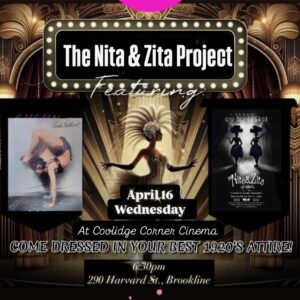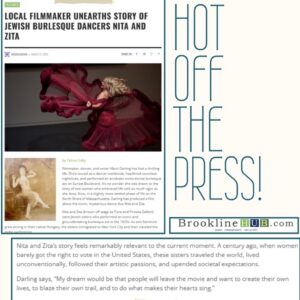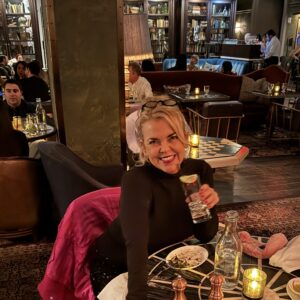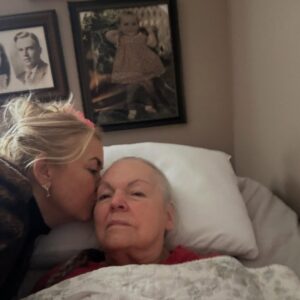I never thought I’d find myself backpacking to Prague in 1990, walking the cobblestone streets with lanterns creating dancing shadows on the walls, surrounded by centuries of history, shrouded in myths and a whispering river, sounds that conjured up tall ancient churches with stained glass windows and flickering candles, sounds that invited us to explore this magnificent city that seemed so strange and exotic.
I had met my friend Tanya a few weeks earlier when we both attended a Study Abroad in Paris, and now we were on a grand backpacking adventure together. We’d never known anyone who had visited Prague, so when we saw it on the map, we hopped on the next train.
It was less than a year after the “Velvet Revolution,” and two months after Czechoslavakia held its first democratic elections since 1946. I can’t imagine a better name for a revolution, than one that sounds soft, gentle, and luxurious, although I know it was none of these things. It was non-violent. The reigning government was toppled by students and dissidents, and the air literally crackled with the electricity of a new sense of freedom.
The streets were filled with people visiting Prague for the first time, walking alongside the people who were born and raised there. None of us spoke the same language, but we found ways to communicate anyway, laughing and taking photos of each other in front of the toppled tank painted with the phrase, “Love makes the world go round.”
We skipped across the ancient bridge, and borrowed hats from the boys we met there.
There was something magical about the Charles Bridge that connected Old Town and Prague Castle, and we spent much of our time walking back and forth across it. Built in 1357, King Charles IV consulted with royal astrologists and numerologists as to the best time to construct the bridge. Building began at 5:31am on July 9, 1357, inspired by the palindromic number 135797531. Something about this number serves to keep the bridge’s end pillars in line with planetary powers and aligns with the rising and setting sun. On Summer Solstice, the sun sets exactly on St. Vitus Cathedral. I don’t know anything about numerology, but I love the idea of people believing in magic.
Sorcery and alchemy dominated Prague in medieval times and the rulers were always seeking the Philosopher’s Stone and the possibility of turning lead into gold. Alchemical symbols can still be seen on several houses and thresholds – suns, moons, serpents, plants, and the five elements. In 2002, flooding broke down walls revealing a secret room filled with dried herbs, mortars and pestles, an alchemy room with secret tunnels to the Prague Castle. It’s now a UNESCO heritage site called Speculum Alchemiae.
I didn’t know about the secret room in 1990, but I wonder if the ghosts of the magicians somehow permeated the cobblestone streets, because visiting Prague at this time changed something in me.
Alchemy equates with transformation, and this city made me feel vibrant and alive. It filled me with things more rare and precious than gold, it filled me with wonder and hope.
















